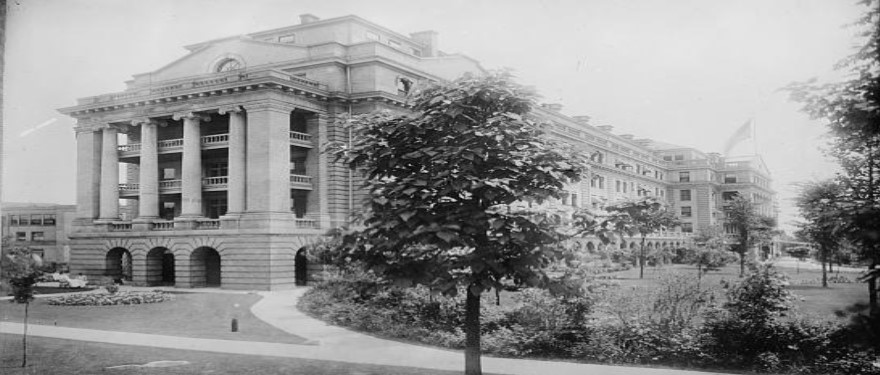I find myself wondering if it would be possible to build a modern sanitarium style community.
By Steve Moran
I belong to the Seventh Day Adventist church and my ancestors on both sides of the family go back 7 generations to the very founding of the church, some holding leadership positions, though I will admit that some were a bit more scallywags than reputable leaders.
A Lesson from History
Because of the deep family roots, I have always been intrigued by Adventist church history, which has been amazingly turbulent. In some sense, Adventism was in its heyday of prominence in the late 1800s and early 1900, mostly because of a medical doctor by the name of John Harvey Kellogg.
Yes, the guy who invented corn flakes. He let his brother run with it the cereal company because he didn’t really care about making money . . . or was not smart enough to know what he had.
John Kellogg’s big claim to fame was the Battle Creek Sanitarium and it was a place that attracted the rich and famous who wanted to get healthy. To give you a flavor of how famous its celebrities were here are just a few:
-
C. W. Post, founder of Post Cereals, which included the coffee substitute Postum
-
Warren G. Harding, twenty-ninth President of the United States
-
Amelia Earhart, first female aviator to fly across the Atlantic Ocean
-
Johnny Weissmuller, actor and athlete famous for his portrayal of Tarzan
-
Henry Ford, founder of the Ford Motor Company and inventor of the modern assembly line
There was even a 1994 romantic comedy called “The Road to Wellville” that was loosely based on the Battle Creek Sanitarium story.
Would A Modern Sanitarium Model Work?
Today, the senior living model is mostly about managing decline in a way that will either stop it for awhile or slow it down and, along the way, provide a high quality of life. This is a good model and should not be abandoned. But maybe it needs a new component.
I find myself wondering if it would be possible to build a modern sanitarium-style community, where the pitch would be, come stay with us for a few weeks or a few months and we will take that old you — that feels like it can never get better — and turn back the clock. So instead of being 70 and feeling 80, you will feel like 60. Or even instead of feeling like 90 you will feel like 80.
The downside might be that they will improve so much that they will move out. But then again, they might stay forever.
It has so many possibilities:
-
Younger age of entry
-
More revenue
-
Longer lengths of stay
-
Senior Living that looks more like a place you can hardly wait to go to rather than a place you dread going to.
What do you think? Maybe you are even doing something like this.








